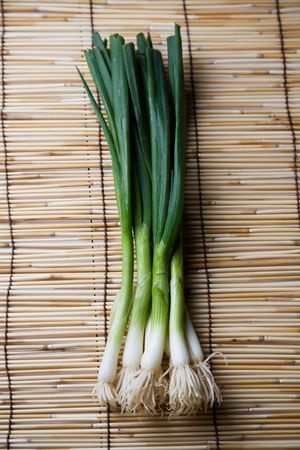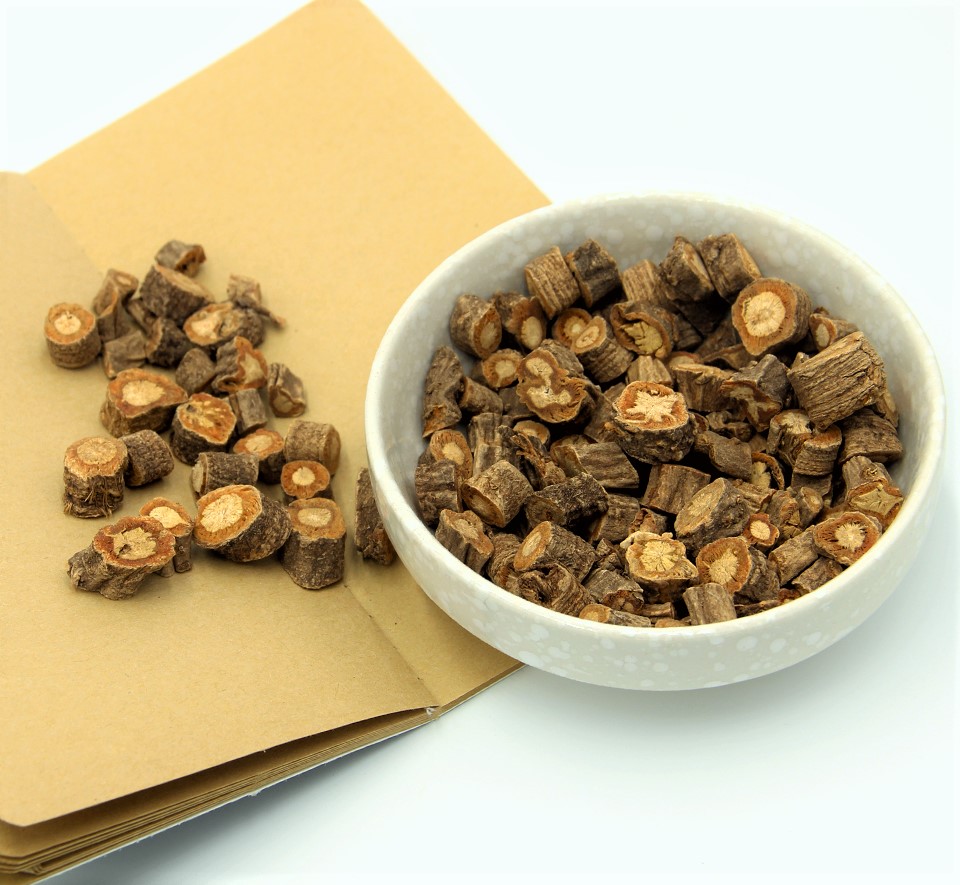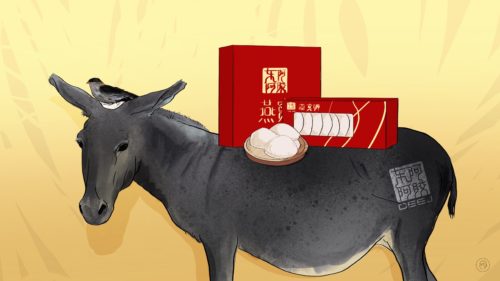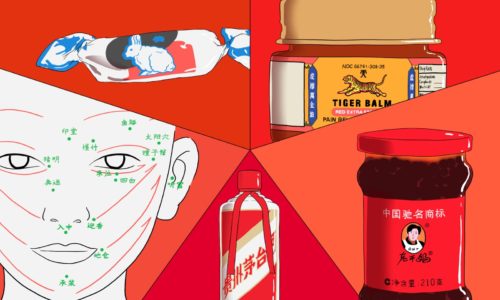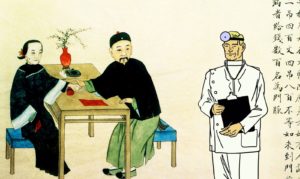TCM remedies for the cold and flu season
Traditional Chinese medicine takes a holistic approach to health and wellbeing. Practitioners believe in balance and using ingredients — such as the ones below — to calibrate their bodies for optimal disease-prevention.

Cold, blustery days are just around the corner, and with that comes the worrying sniffles, the foreboding chills, and the countless cups of tea.
This year, more than ever, it’s important to stay diligent and prepared. TCM (traditional Chinese medicine) offers a wide range of preventative and healing resources, some of which are common grocery staples. This list presents alternative remedies to drug store products that offer a more holistic approach to healing and care.
In TCM, there are even delineations to what kind of “cold” you can have. Illnesses are ruled by different disruptive “winds” flowing through the body, such as “damp wind” and “heat wind.” This list focuses on treating “cold wind,” which is the common cold (感冒 gǎn mào) that people usually suffer from in the winter and spring. TCM is all about achieving interior balance and harmony, so if someone has too much cold energy then the goal is to fill the body with relieving and soothing warmth.
Remember to consult your doctor before starting any new treatment. Any specific ingredient on its own is not a cure-all, and instead should be incorporated with other ingredients as well as healthy lifestyle choices such as good sleep patterns, a balanced diet, and stress-relieving activities. Have fun visiting a specialty shop, herbalist, and experimenting and mixing ingredients together to achieve optimum healing results.

Ginger (生姜 shēngjiāng)
You probably already know some of the amazing benefits of ginger, but why specifically is this such a staple in TCM? Ginger is an extremely warming herb that will flush out the cold wind from the body to restore balance. Ginger also promotes a healthy appetite, which is often diminished from cold wind afflictions. It’s known as a guiding herb, which when integrated with other ingredients harmonizes all components into a synergistic treatment.
Scallion (葱 cōng)
Scallions are both warming and also pungent in taste. Pungent ingredients promote the flow of qi and the expelling of ailments via the exterior, which is why when you eat pungent and/or spicy foods you often sweat, flushing out heat from your pores. This sweat carries out toxins and evil wind. Scallions are extremely popular in Asian cooking and are a welcome addition to any savory dish. And you can even regrow the stalks at home. Just put the roots in a glass of water near sunlight.
Citrus peels (陈皮 chén pí)
Don’t throw away your tangerine, orange, or clementine peels. Instead, air dry them and boil the rinds into tea. These peels target the spleen and stomach qi to alleviate nausea, poor appetite, and digestive issues such as diarrhea and bloating. The peels can be combined with a host of other herbs like ginger or honey to create a potent and soothing tea.
Black pepper (黑胡椒 hēi hújiāo)
Black pepper is a qi mover, which facilitates a healthy flow of interior energy. In TCM, different peppers have drastically different healing properties. For instance, white pepper, a common Asian seasoning, is also a qi mover, but is a cooling herb. Black pepper, on the other hand, is warming, with an acrid flavor, which detoxifies and supports kidney health.
Reishi mushrooms (灵芝 líng zhī)
Translating to “herb of spiritual potency,” these revered fungi are powerful immune boosters and one of TCM’s main “qi tonics,” and has been used for more than 2,000 years. It is full of amino acids, polysaccharides, and other health-promoting molecules, and is TCM’s main adaptogen, providing optimum balance and stress relief in the body. This is actually a “neutral” plant, neither warming or cooling, but instead completely balancing. It’s known as “three treasure herb” because it is said to harmonize the three Daoist values: 精 (jīng), life force, which is diminished during illness; 神 (shén), spirit; and qi 氣. These can be a remedy for ailments caused by any type of wind illness.
Reishi mushrooms are available fresh and as concentrated powders, tinctures, and supplements, making it easy to incorporate into your daily life.
Perilla (紫苏叶 zĭ sū yè)
Also known as “beefsteak plant,” this warming and aromatic herb has been used since the Han dynasty to treat various illnesses related to the lung and spleen’s qi. The leaf is used to move stagnant qi and provide rest and relaxation to a busy mind, while the seed is used to relieve the common cold’s cough. The leaves can be found in a tea or powdered form in specialty grocery stores and herbal shops. Perilla can also alleviate the symptoms of morning sickness or food poisoning.
Nepeta (荆芥 jīng jiè)
Also known as catnip, this herb is used to dispel evil wind by moving stagnant qi. It’s gentle enough to relieve a child’s cold but also very effective for adults suffering from a cold or the flu. It also has anti-inflammatory properties that target the pulmonary system. Right now, it’s even being implemented in clinical trials to test the efficacy of TCM remedies against COVID-19.
Siler root (防风 fáng fēng)
In Chinese this immunity-boosting herb literally translates to “guard against wind.” It’s used to help bodies fight against airborne pathogens such as allergens, viruses, and pollution. Siler root is used specifically to treat “wind dampness,” which causes headaches, congestion, and interior inflammation in the sinuses and joints.
Astragalus (大黄 dà huáng)
Literally translating to “big yellow” because of the vibrant hue of its roots, this is a sweet and warming herb that tonifies the qi and blood. It’s used to alleviate fatigue, drowsiness, and fever, as well as symptoms associated with blood loss. This is a powerful herb that could have varying side effects or complications when taken with other medicines, especially for people who are diabetic, pregnant, or immunocompromised.
Jade Windscreen Defender (玉屏風散 yù píng fēng)
If buying individual herbs seems daunting or difficult, here is a TCM classic formula that you can try.
This is a warming blend of astragalus, siler root, and white atractylodes rhizome (白术 bái zhú). It’s used to fight against influenza and the common cold. As the name suggests, this formula also protects the body from evil winds by boosting immunity in the lungs and exterior passageways — like the nose, mouth, and ears — where the winds can enter. This formula can be purchased as a supplement or powder.


